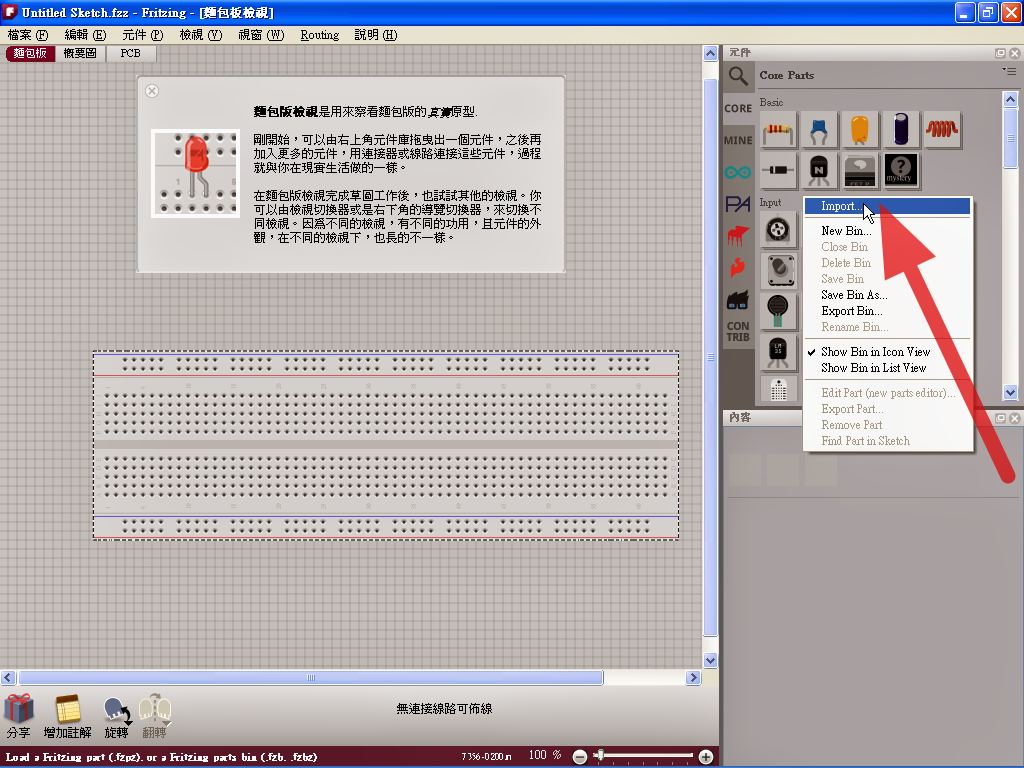

The code # My first MicroPython example of a 7-segment # ascending/descending hexadecimal counter # by Anderson Costa, created on from machine import Pin from utime import sleep # A # - # F | G | B # - # E | | C # - # D pins = # Common anode 7 segment digits =, # 0, # 1, # 2, # 3, # 4, # 5, # 6, # 7, # 8, # 9, # a, # b, # C, # d, # E, # F ] def reset(): for pin in pins: pin.value(1) reset() switch = Pin(11, Pin.IN) while True: if switch.value() = 1: for i in range(len(digits)): if switch.value() = 0: break for j in range(len(pins) - 1): pins.value(digits) sleep(1) else: for i in range(len(digits) - 1, -1, -1): if switch.value() = 1: break for j in range(len(pins)): pins.value(digits) sleep(1)

You can display numbers from 0 to 9 and alphabets from A to F corresponding to hexadecimal values of 16 values. To make this interesting, you will write code to toggle the counting up and down. In this project, you will connect a Pi Pico to a seven-segment display. You can use several peripherals such as temperature and humidity sensors, PIR sensors, light sensors, and more. In this project, you will simulate Raspberry Pi Pico on Micropython. Wokwi Arduino simulator is useful here for you to simulate your Micropython projects.


 0 kommentar(er)
0 kommentar(er)
